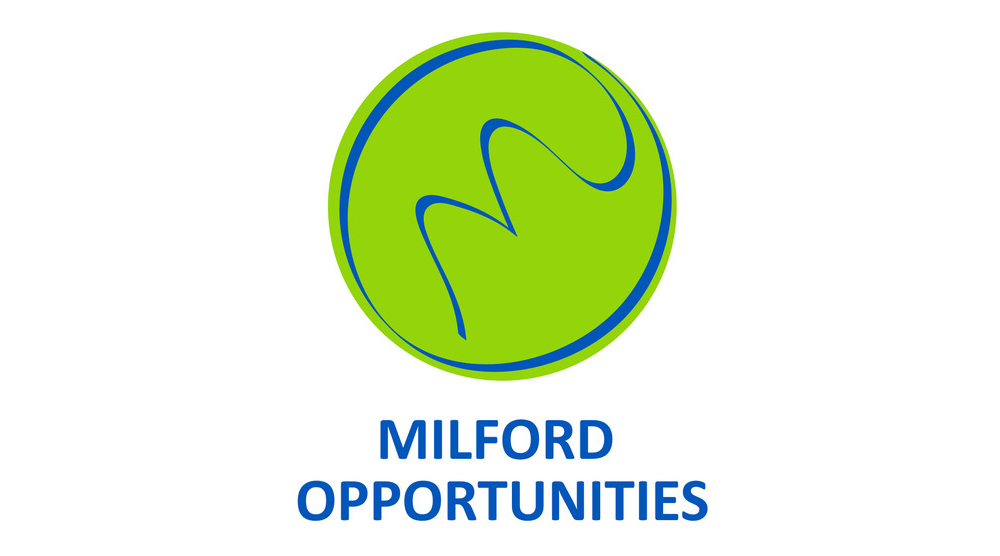Update from Milford Opportunities Board Chair Jenn Bestwick
University of Otago Policy School public lecture on Milford Opportunities

Last month I was invited to deliver a public lecture on the Milford Opportunities Project at the University of Otago’s Tourism Policy School in Queenstown.
The talk titled ‘Identifying regenerative tourism solutions for Piopiotahi Milford Sound’ looked at our work to unpick deep-seated tourism challenges and find positive solutions for the place, its people and visitors alike. It was great to share this work with tourism experts from across the country and exciting to see the high level of interest this project holds for the industry.
The Tourism Policy School was a two-day event to foster conversations between people across the tourism industry, from local business owners and community leaders to national policymakers and researchers. This year’s theme of ‘Connecting the Dots: Fostering a cohesive and connected tourism system’ was closely aligned with the work of the Milford Opportunities Project.
I spoke about the need to better manage Piopiotahi/Milford Sound as a taonga, while ensuring its legacy is preserved and connection to place, biodiversity, landscapes and people remain central to its tourism reputation.
Stunning, healthy, natural landscapes are at the core of the Milford Sound’s status as a jewel in the New Zealand tourism crown and anchor the area’s tourism economy and its communities. While day trippers continue to enjoy this place, we have an opportunity to deliver a more regenerative tourism system where visitors make a greater contribution to its nature and infrastructure.
